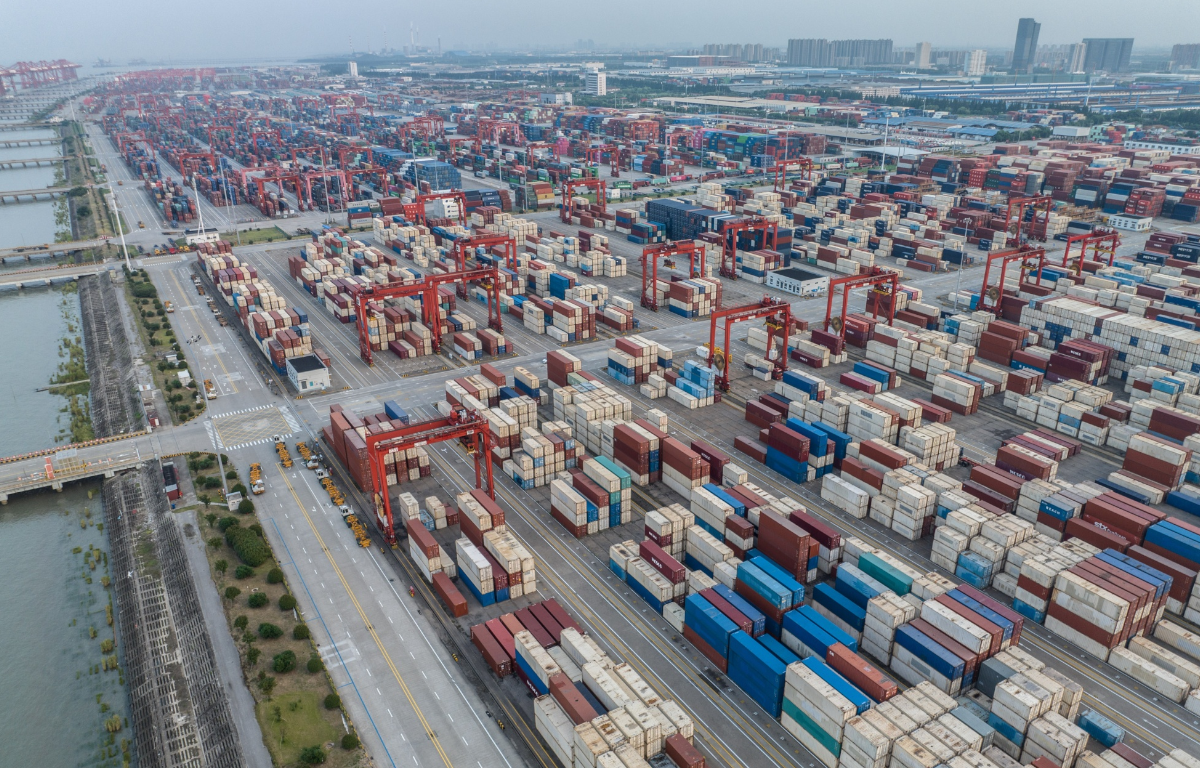
Several factors have contributed to the mounting selling pressure in China’s stock market. Firstly, regulatory crackdowns by the Chinese government in sectors such as technology, education, and fintech have created uncertainty and investor anxiety. Secondly, the Evergrande Group, one of China’s largest property developers, is facing a severe debt crisis, leading to fears of a broader impact on the Chinese real estate market and the economy. Lastly, weaker economic indicators, including supply chain disruptions, rising commodity prices, and the ongoing impact of the COVID-19 pandemic, have dampened investor confidence in China’s economic outlook.
The $28 billion wave of selling pressure has already had a significant impact on China’s stock market. Major indices, such as the Shanghai Composite and the Shenzhen Composite, have experienced sharp declines. Investor sentiment has turned bearish, leading to increased volatility and a general sense of caution in the market. Sectors targeted by regulatory actions, such as technology, education, and fintech, have witnessed substantial sell-offs. Additionally, stocks associated with the real estate sector have been heavily affected, given concerns about Evergrande’s debt crisis.
The repercussions of the selling pressure in China’s stock market extend beyond its borders. Global investors are closely monitoring the situation and evaluating its potential impact on their portfolios. Firstly, diversification strategies become crucial to mitigate risks. Investors who have heavily allocated their assets to China’s stock market may face higher risks due to the current uncertainties. Secondly, reassessing exposure to Chinese stocks is important. While China remains an attractive market with long-term growth potential, recent events raise questions about stability and the regulatory environment. Lastly, the wave of selling pressure could potentially impact broader emerging market funds and ETFs, leading to increased volatility in these investments.
China’s stock market is currently grappling with a $28 billion wave of selling pressure driven by regulatory crackdowns, the Evergrande debt crisis, and weakening economic indicators. The implications of this selling pressure extend beyond China’s borders, affecting global investors who have exposure to Chinese stocks or emerging market funds. As the situation evolves, investors are urged to closely monitor developments, assess their risk tolerance, and consider diversification strategies to navigate the uncertainties surrounding China’s stock market.










Share this: